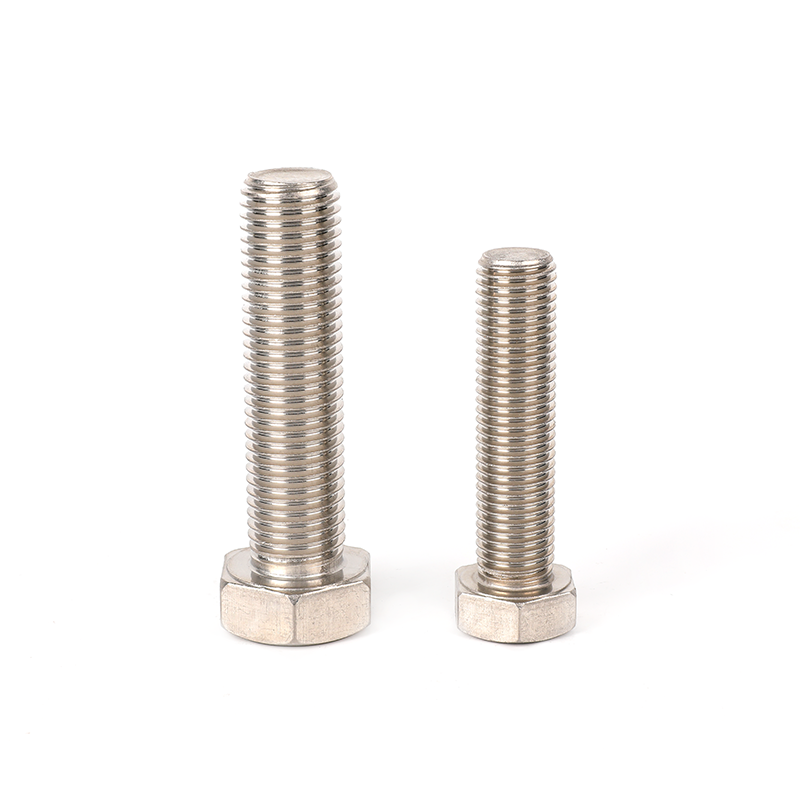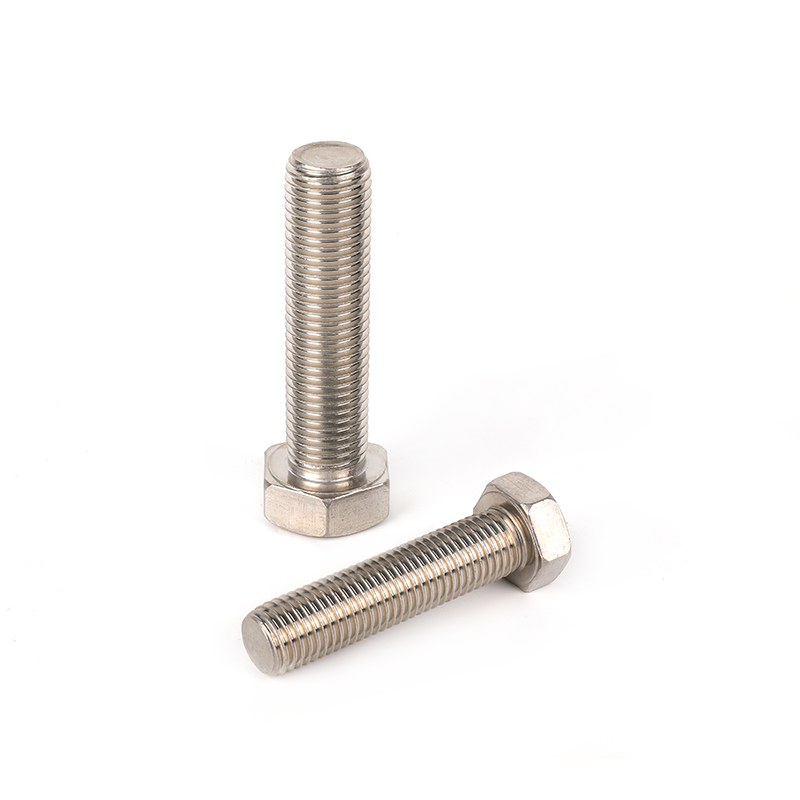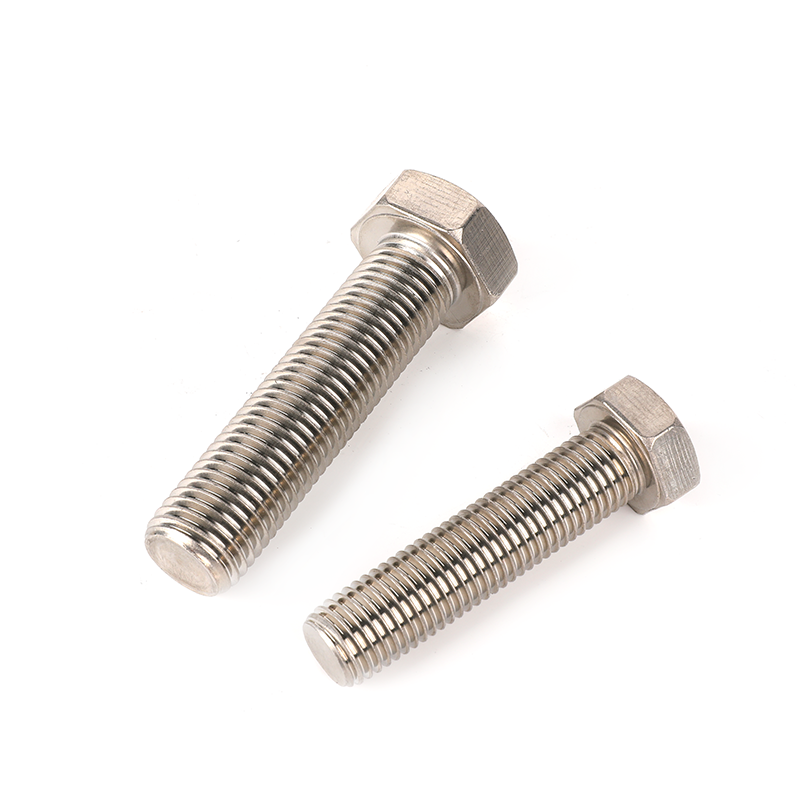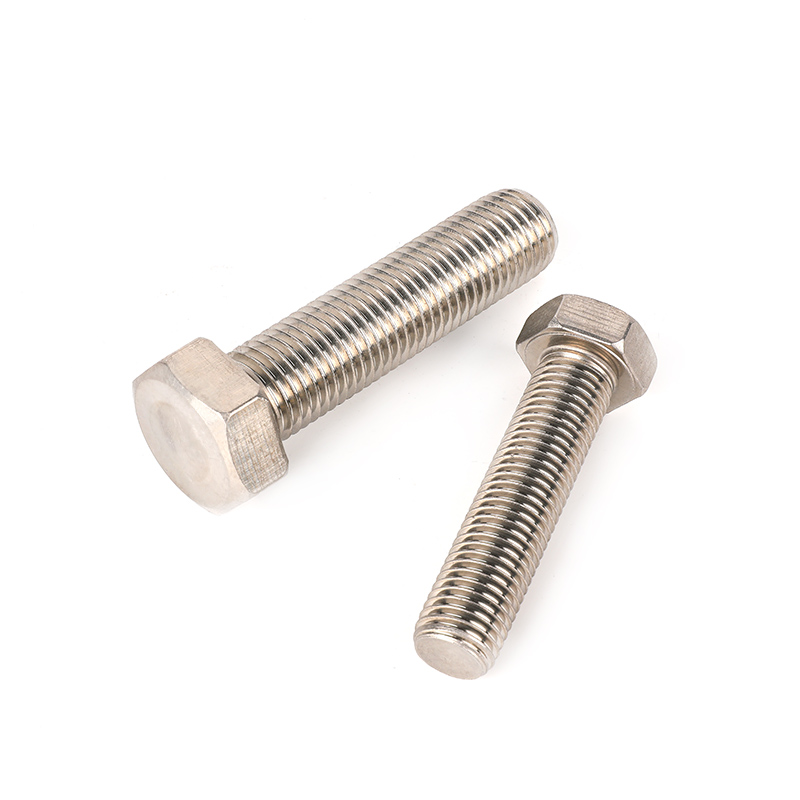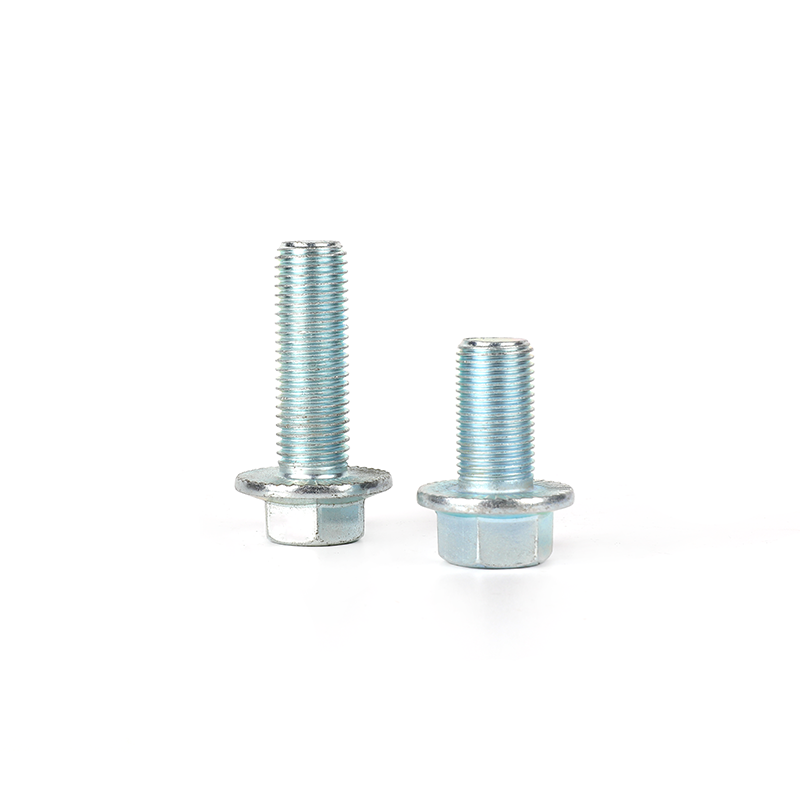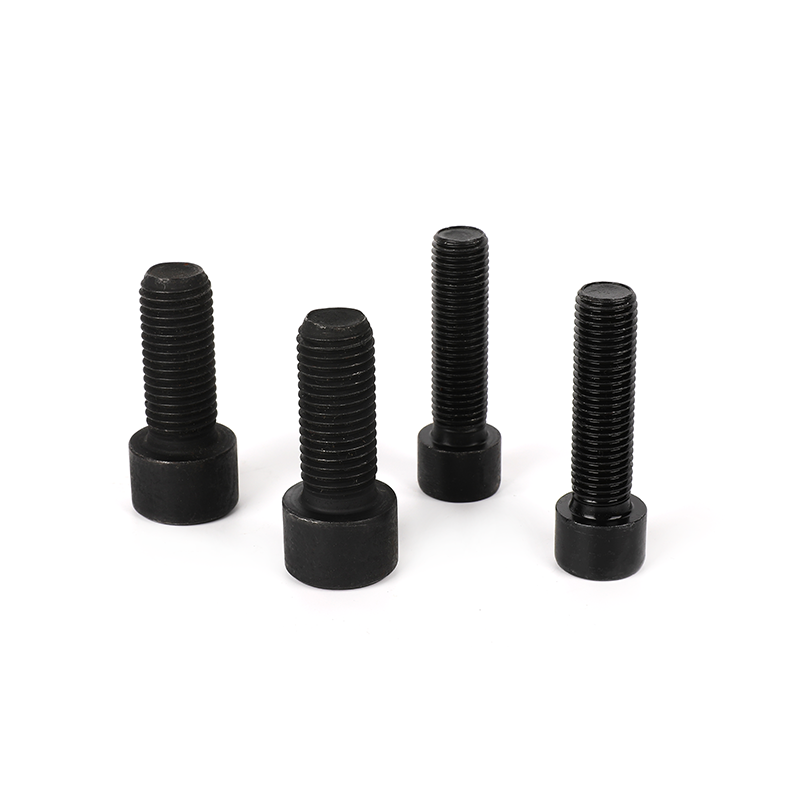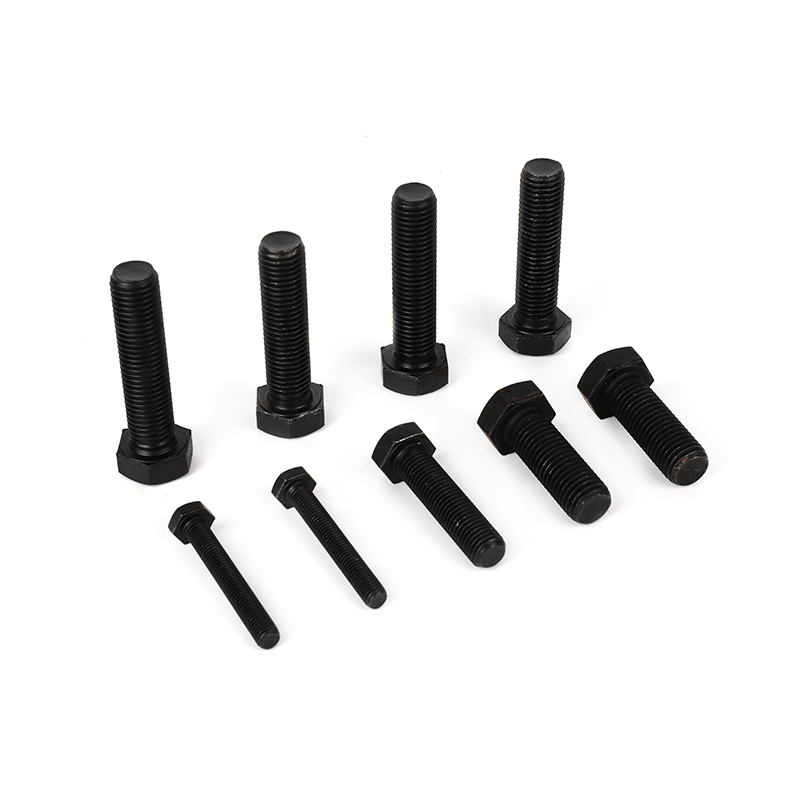How does the composition of 304 stainless steel affect the corrosion resistance and overall performance of the bolt?
The composition of 304 stainless steel significantly influences the corrosion resistance and overall performance of the bolt. Here are key aspects of the composition that contribute to these properties:
Chromium Content:Chromium is a crucial element for corrosion resistance in stainless steels. The high chromium content in 304 stainless steel forms a protective oxide layer on the surface of the bolt when exposed to oxygen. This passive oxide layer acts as a barrier, preventing further corrosion and providing excellent resistance to atmospheric, chemical, and corrosive environments.
Nickel Content:Nickel enhances the corrosion resistance of stainless steel and contributes to its ductility. The nickel content in 304 stainless steel improves its ability to withstand corrosion in various conditions, including exposure to acids and alkaline solutions.
Molybdenum (Optional):While the standard composition of 304 stainless steel does not include molybdenum, some variations may contain a small percentage. Molybdenum further enhances corrosion resistance, especially in chloride-rich environments. However, the corrosion resistance of 304 stainless steel is already considerable without the addition of molybdenum.
Low Carbon Content:The low carbon content in 304 stainless steel (typically less than 0.08%) minimizes the risk of carbide precipitation, which can occur in high-temperature applications. Low carbon content ensures that the material retains its corrosion resistance in various conditions.
Non-Magnetic Properties:304 stainless steel is generally non-magnetic in its annealed state. This property is attributed to its austenitic structure, which is maintained even after cold working. Non-magnetic properties can be advantageous in certain applications.
Formability and Weldability:The composition of 304 stainless steel provides good formability and weldability. This makes it suitable for various manufacturing processes, allowing the production of bolts with complex shapes and configurations.
Resistance to Intergranular Corrosion:The low carbon content in 304 stainless steel makes it resistant to intergranular corrosion, which can occur along grain boundaries. This resistance ensures the long-term integrity of the bolt, particularly in applications involving exposure to corrosive agents.
Versatility:The balanced composition of 304 stainless steel makes it versatile for use in a wide range of environments. It is suitable for applications in chemical processing, food and beverage, marine, architectural, and other industries where corrosion resistance is essential.
Temperature Resistance:304 stainless steel exhibits good temperature resistance, making it suitable for use in both cryogenic and elevated temperature applications. Its ability to withstand a wide temperature range contributes to its overall performance.
The composition of 304 stainless steel, characterized by high chromium and nickel content, low carbon content, and optional molybdenum, plays a crucial role in providing excellent corrosion resistance, formability, and overall performance for bolts. This makes 304 stainless steel a widely used material for applications where resistance to corrosion is a critical requirement.


